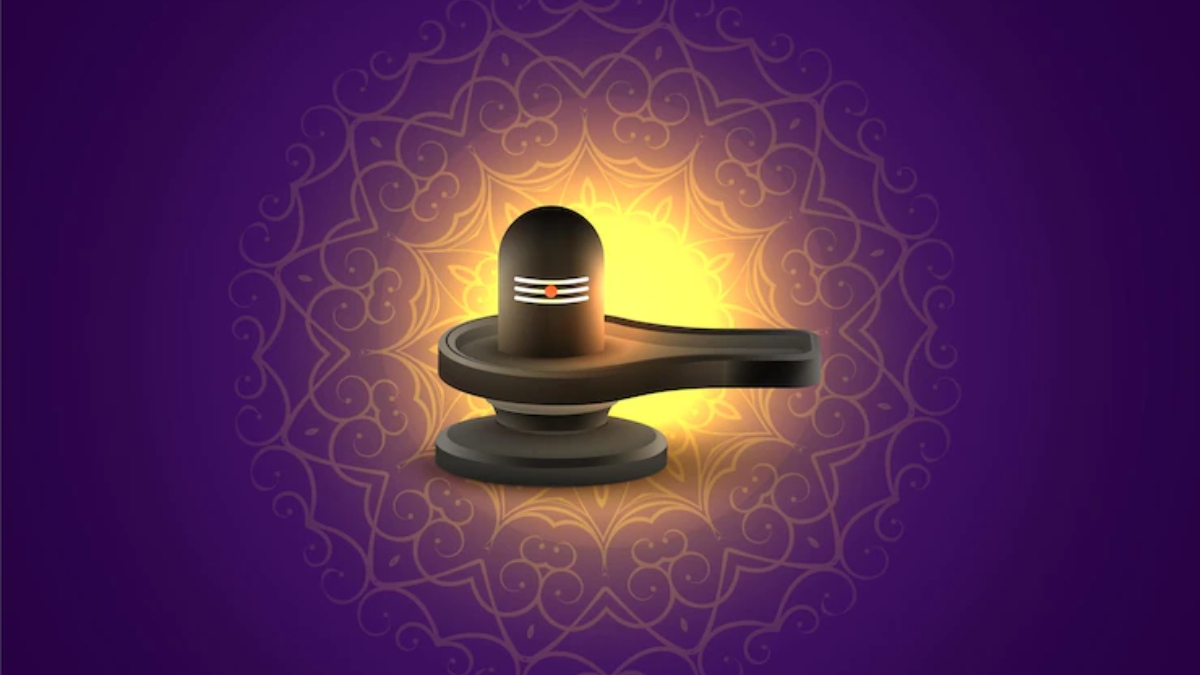कैसे हुई शिवलिंग की उत्पत्ति

कहा जाता है कि एक बार भगवान विष्णु और ब्रह्मा में इस बात को लेकर विवाद हो गया कि उनमें सबसे श्रेष्ठ कौन है। इसी विवाद को सुलझाने के लिए भगवान शिव ने एक दिव्य लिंग (दिव्य ज्योति) को प्रकट किया। इस लिंग के आदि और अंत को तलाश करते हुए विष्णु भगवान और ब्रह्मा जी को शिव के परब्रह्म रूप का ज्ञान हुआ और दोनों ने समझ लिया कि भगवान शिव का यह लिंग ही सर्वश्रेष्ठ है। इसके बाद से ही शिवलिंग की पूजा आरंभ हुई।
अधिक ज्ञान की लिए इसे भी पढ़े: केदारनाथ ज्योतिर्लिंग
यही वजह है कि आज भी भारत सहित दुनियाभर के कई देशों में शिवलिंग की विधिवत पूजा की जाती है। माना जाता है कि इस लिंग में ही पूरी सृष्टि समाहित है। यहां तक कि भगवान विष्णु और ब्रह्मा के साथ महेश यानी भगवान शंकर का भी स्थान इसमें है। यही वजह है कि कहा जाता है कि अगर आप एक बार किसी शिवलिंग की विधिवत पूजा कर लें तो आपका मोक्ष हो जाता है।
How Shivling originated
It is said that once there was a dispute between Lord Vishnu and Brahma about who is the best among them. To resolve this dispute, Lord Shiva manifested a divine linga (divine light). While searching for the beginning and end of this linga, Lord Vishnu and Brahma ji got the knowledge of Shiva's Parabrahma form and both understood that this linga of Lord Shiva is the best. The worship of Shivling started only after this.
For more knowledge read this also: Kedarnath Jyotirling
This is the reason why even today Shivling is duly worshiped in many countries around the world including India. It is believed that the whole universe is contained in this linga. Even Mahesh i.e. Lord Shankar has a place in it along with Lord Vishnu and Brahma. This is the reason why it is said that once you worship a Shivling duly, you attain salvation.
अन्य लेख :-
- शिवलिंग का अर्थ क्या है
- शिवलिंग का आकार ऐसा क्यों है
- खजराना गणेश मंदिर, इंदौर
- चिंतामन गणेश मंदिर, उज्जैन
- मंगला गौरी पूजा विधि
- गुरू पूर्णिमा
- श्रीमंत दग्दूसेठ हलवाई मंदिर, पुणे
- त्रिनेत्र गणेश मंदिर, रणथंभौर
- प्रदोष व्रत: क्यो महादेव को सबसे प्रिय है यह व्रत
- भगवान शिव का जन्म कैसे हुआ
अगर आपको यह लेख अच्छा लगा हो तो कृपया इसे अन्य लोगो तक साझा करें एवं किसी भी प्रकार के सुझाव के लिए कमेंट करें।
अगर आपको यह भजन अच्छा लगा हो तो कृपया इसे अन्य लोगो तक साझा करें।











